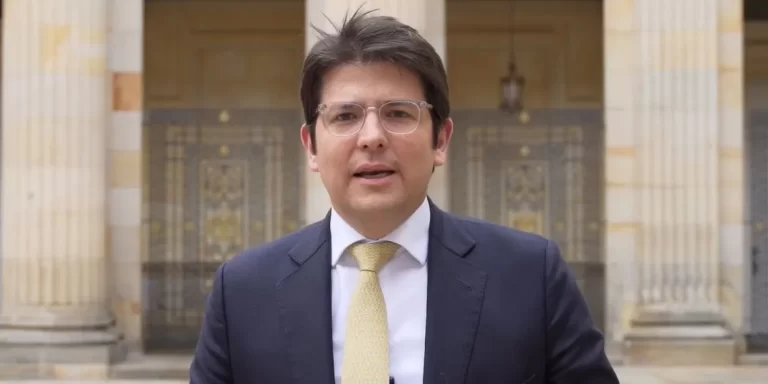[ad_1]
TOKYO (Reuters) – Japanese Prime Minister Shinzo Abe’s ruling bloc could come close to keeping its two-thirds “super” majority in an Oct. 22 lower house election, defying some predictions of heavy losses and bolstering his grip on power, a survey published by the Nikkei business daily on Wednesday showed.
Abe’s conservative Liberal Democratic Party (LDP) and its more dovish junior partner, the Komeito, are likely to secure more than 290 seats in the 465-seat chamber, the Nikkei said.
The ruling bloc had a two-thirds “super majority” in the lower house before the chamber was dissolved. The number of seats has been cut from 475 as part of electoral reforms.
A strong showing by Abe’s coalition would boost his chances of winning a third term as LDP leader from next September, putting him on track to become Japan’s longest-serving premier.
Abe called the snap election amid confusion in the opposition camp and after an uptick in his ratings, which had been hurt earlier this year by suspected cronyism scandals, in hopes of gaining a fresh mandate after nearly five years in power.
But the outlook has been clouded by the emergence of popular Tokyo Governor Yuriko Koike’s Party of Hope, a fledgling party that the former LDP lawmaker and defense minister calls a reformist, conservative alternative to Abe’s LDP.
The Nikkei said another new party, the Constitutional Democratic Party of Japan, formed from the liberal wing of the failed opposition Democratic Party, was set to win more than 40 seats.
The Democrats, faced with rock bottom ratings and internal dissension, said last month they would run no candidates of their own, freeing many to run on the Party of Hope ticket.
The Nikkei also forecast that parties in favor of revising the post-war, pacifist constitution – Abe’s long-held goal – were on track to win more than two-thirds.
That includes the LDP and Koike’s Party of Hope as well as another smaller right-leaning party, the Japan Innovation Party.
Amending the constitution, a politically controversial move never yet taken, requires a two-thirds majority in both chambers and a majority in a public referendum.
No separate forecast for the Party of Hope was immediately available.
Koike’s party had raised expectations that it would cut into the LDP’s conservative base. But her decision not to run for a lower house seat herself and refusal to say whom her party would support for premier after the election appears to have eroded the party’s momentum.
Competition among a fragmented opposition, which also includes the Japanese Communist Party, in many districts means the anti-LDP vote could be split, a plus for Abe’s party.
Abe has led the LDP to four landslide wins since he took the helm of the party in 2012, but turnout has been low and the LDP has typically won with about 25 percent of eligible votes. The others either stayed home or backed opposition parties.
The premier has been touting the success of his “Abenomics” recipe of hyper-easy monetary policy, fiscal spending and promised structural reforms, while Koike argues that reforms have been too slow in a fast-changing global economy.
The world’s third-largest economy is on track for its longest expansion since World War Two, and the jobless rate was at a 23-year low of 2.8 percent in August while wages are starting to rise a bit. But Abe’s reflationary policies have not yet sparked a sustainable recovery led by the private sector.
Additional reporting by Stanley White; Editing by Hugh Lawson
[ad_2]
Source link






Leave a Reply